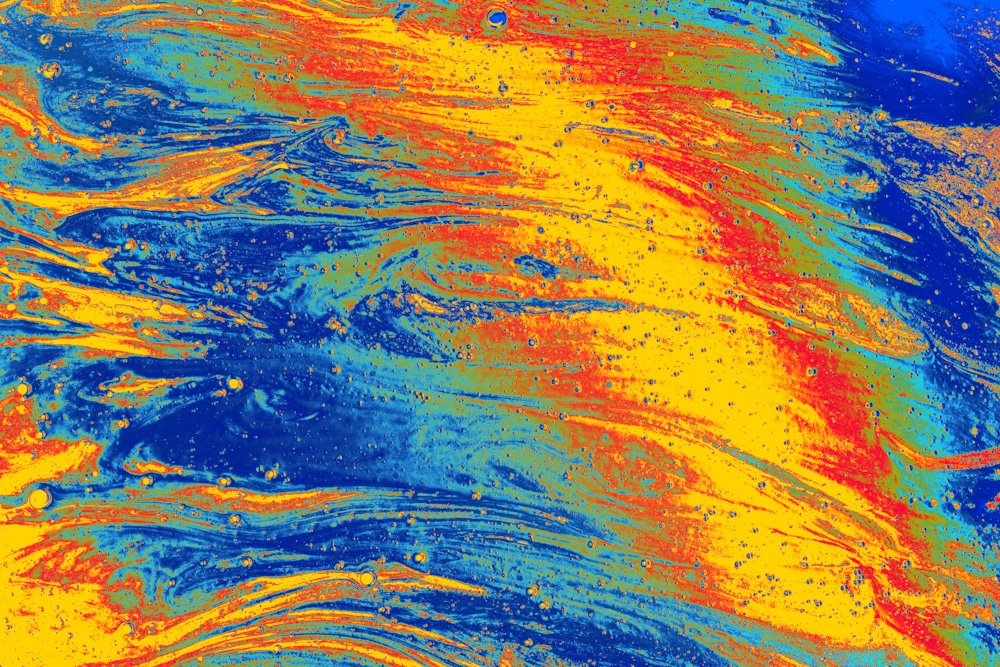Easy Yeast RNA isolation without the Trizol

Recently BsB author Yevgeniy Grigoryev shared a total RNA isolation protocol. The one I use is even simpler—no expensive Trizol, which is a mix of phenol and some salts, all that is required is some Tris, SDS and phenol/chloroform mix. I have never used this protocol on non-yeast cells but I am almost sure that it can be applied to any cell type after the homogenization step in the RNA buffer. Changing the buffer pH from neutral to acidic – pH 4.5 – will allow you to isolate aminoacylated tRNAs as well.
1. Grow 25–100 ml of cells to OD 600 0.25–0.5 (You don’t even need a spectrophotometer for this).
2. Spin cells, wash them in 1 ml dH2O and transfer to a screw-cap tube. You can snap-freeze pellet at this stage.
3. To 1 volume of cold RNA buffer add SDS to final concentration 0.5% (1/40 volume 20% SDS).
4. Resuspend frozen pellet in 200µl cold SDS/RNA buffer.
5. Add 1 volume phenol/chloroform; fill with beads to reach above solution.
6. Break open (usually 30 sec/ 1 min on ice/30 sec on maximum Ribolyser setting) but your routine breakage procedure can be just as effective.
7. Fill tube with RNA buffer (no SDS added), vortex, and spin 5 min keeping cold.
8. You will see phenol/chloroform fraction at the bottom of the tube, white layer of debris, and top buffer level. Take the top level and transfer to a fresh RNAse free Eppendorf.
9. Extract aqueous fraction with phenol/chloroform twice, shaking for 5 min. Add 0.9–1 volume of isopropanol, mix, and spin at RT 15–20 min. Because the buffer contains a lot of salt, no additional sodium acetate is necessary
(If 1/10 3M sodium acetate is accidentally added, get rid of the salts by dissolving the dried pellet in 600 µl RNA buffer, incubating 5 min with shaking, adding 600 µl of isopropanol and spinning 10–5 min. After this go to step 9).
10. Wash pellet with 70%, air dry, resuspend in 30-50 µl dH2O or TE and measure OD260/280 ratio.
RNA buffer (50 ml)
· 100 mM EDTA pH8.0 (10 ml 0.5M stock)
· 100mM NaCl (1 ml 5M stock)
· 50 mM Tris-HCl pH8.0 (2.5 ml 1M stock)
· 36.5 ml dH2O
For Easy Yeast DNA—both genomic and plasmid—isolation see this article.
Have you any tips for inexpensive nucleic acid isolation in the lab?
3 Comments
Leave a Comment
You must be logged in to post a comment.
Hi Norbert – Thanks for pitching in. There’s nothing new about it… Vicki is just sharing a simple procedure for those who don’t know about it.
Then it should be somehow noted in the beginning… And anyway this is somehow a problem in (biological) sciences.. People stick to some protocol which someone already used and don’t think about what the are actually doing.. Best example trizol. Not questioning what it is and spending hundreds of bucks (Euros) for it. You can mix it yourself in an hour for 1/8 th of the price.. But when you dont think about these simple things how to make good science ? (Maybe some topic to discuss here) Not meant as criticism for your homepage.
This type of RNA extraction is even older than TRIZOL protocol.. What is new about it ?